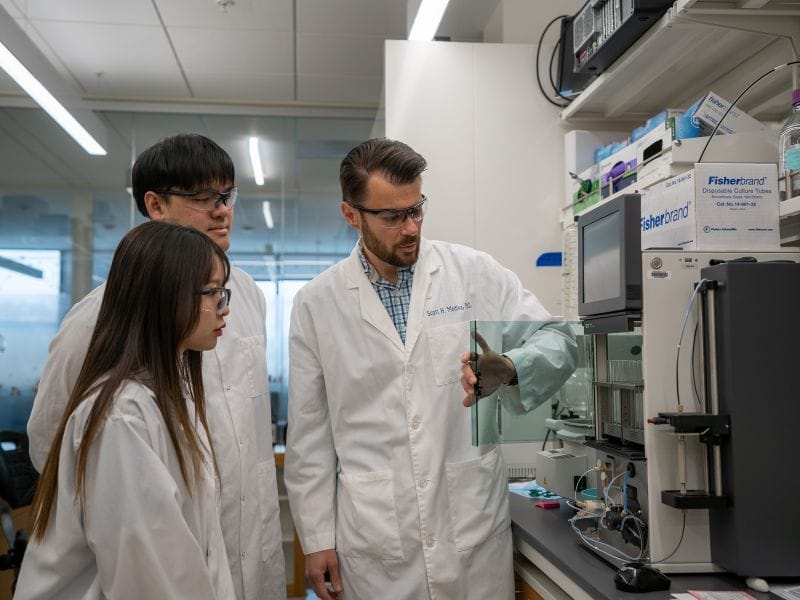RSS feed source: National Science Foundation
A team of researchers led by the recipient of a U.S. National Science Foundation Faculty Early Career Development grant has developed a new storage method for protein-based drugs that could potentially eliminate the need for refrigeration of important medicines. Using an oil-based solution and a molecule acting as a coating to enclose the proteins in these drugs, researchers demonstrated a technique to prevent the proteins from degrading rapidly — a protection that traditionally requires refrigeration.
The research is led by Scott Medina at Pennsylvania State University and published in Nature Communications. It demonstrates a possible practical application to eliminate the need to refrigerate hundreds of life-saving medicines like insulin, monoclonal antibodies and viral vaccines.
The work could eventually reduce the cost of refrigerating such drugs throughout the supply chain and enable greater use of protein-based therapies where constant refrigeration isn’t possible, including military environments.
“Over 80% of biologic drugs and 90% of vaccines require temperature-controlled conditions. This approach could revolutionize their storage and distribution, making them more accessible and affordable for everyone,” says Medina.
To accomplish this, researchers created an oil-based solution using perfluorocarbon oil, finding that it was naturally sterile and could not be contaminated by bacteria, fungi or viruses, which require a water-based environment to grow and survive.
The team also developed a surfactant — a molecule that coats the surface of the protein — to shield the surface of the protein in a way that would allow it to evenly disperse throughout the solution. The surfactant created a
Click this link to continue reading the article on the source website.


